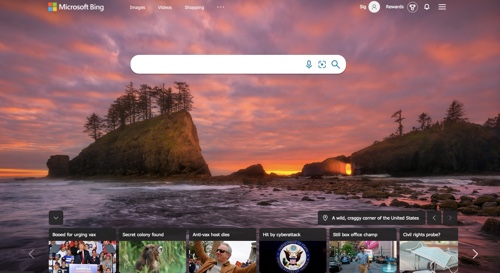Sharethrough is a free headline analyzer tool.
Fitbit also misses the mark by assuming potential users understand medical terminology. Instead of simply stating that the watch tracks one’s heart rate and oxygen saturation, the description uses “ECG” and “SpO2.”
The Garmin Venu smartwatch offers similar features. But its less-than-punchy headline forces the average visitor to dig further into the features. Unlike its Apple competitor, Venu’s headline focuses on people who already possess an active lifestyle. Thus it narrows the target audience.
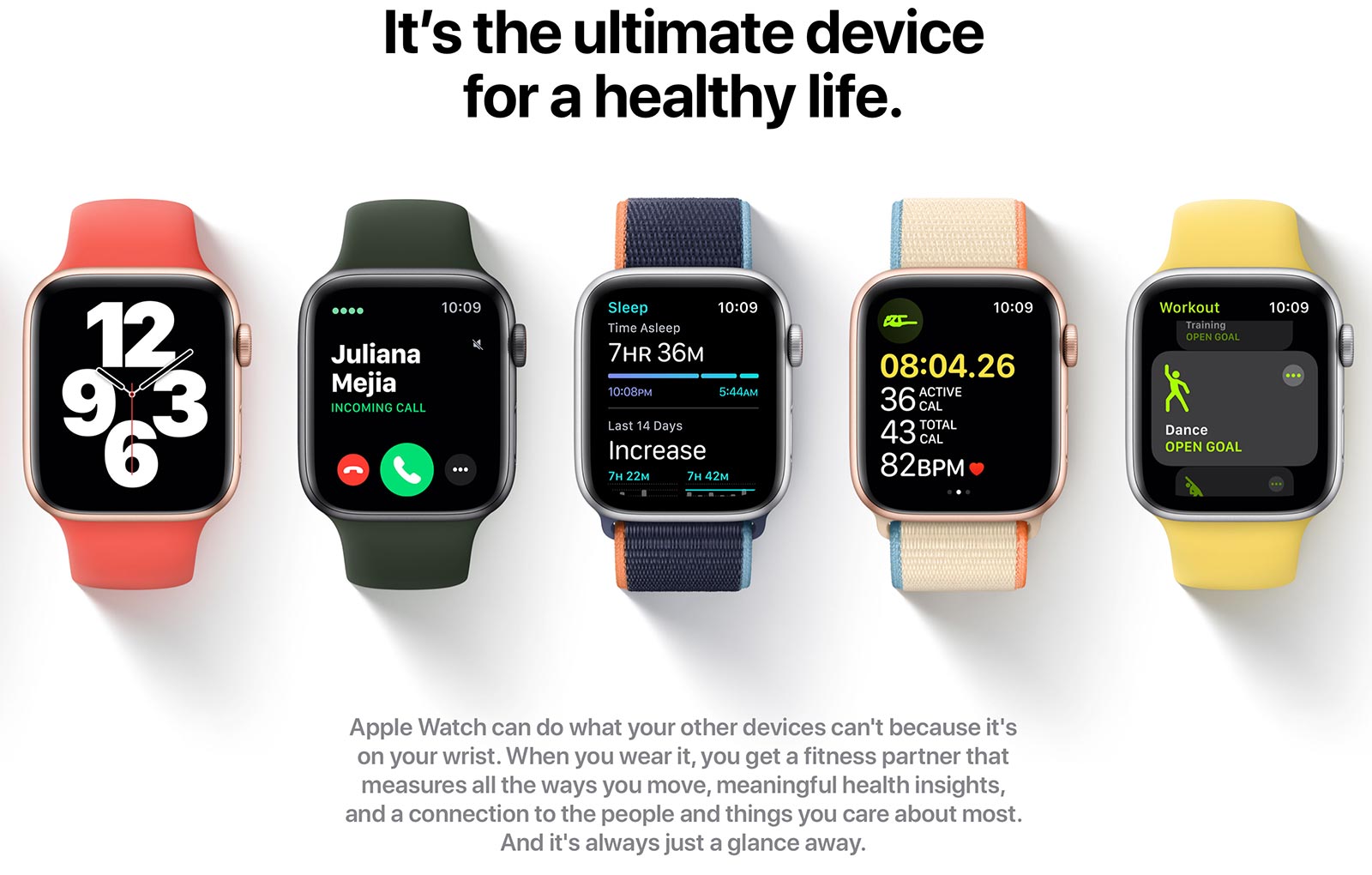
Artificial-intelligence-driven headline apps aren’t foolproof. But they can identify weak terms that might stifle engagement. A thesaurus also comes in handy. Customer reviews sometimes provide compelling headline ideas, especially since the reviews come from folks who have purchased your products.
Putting too much focus on a specific feature can exclude a broader portion of the target audience. Source: Garmin.
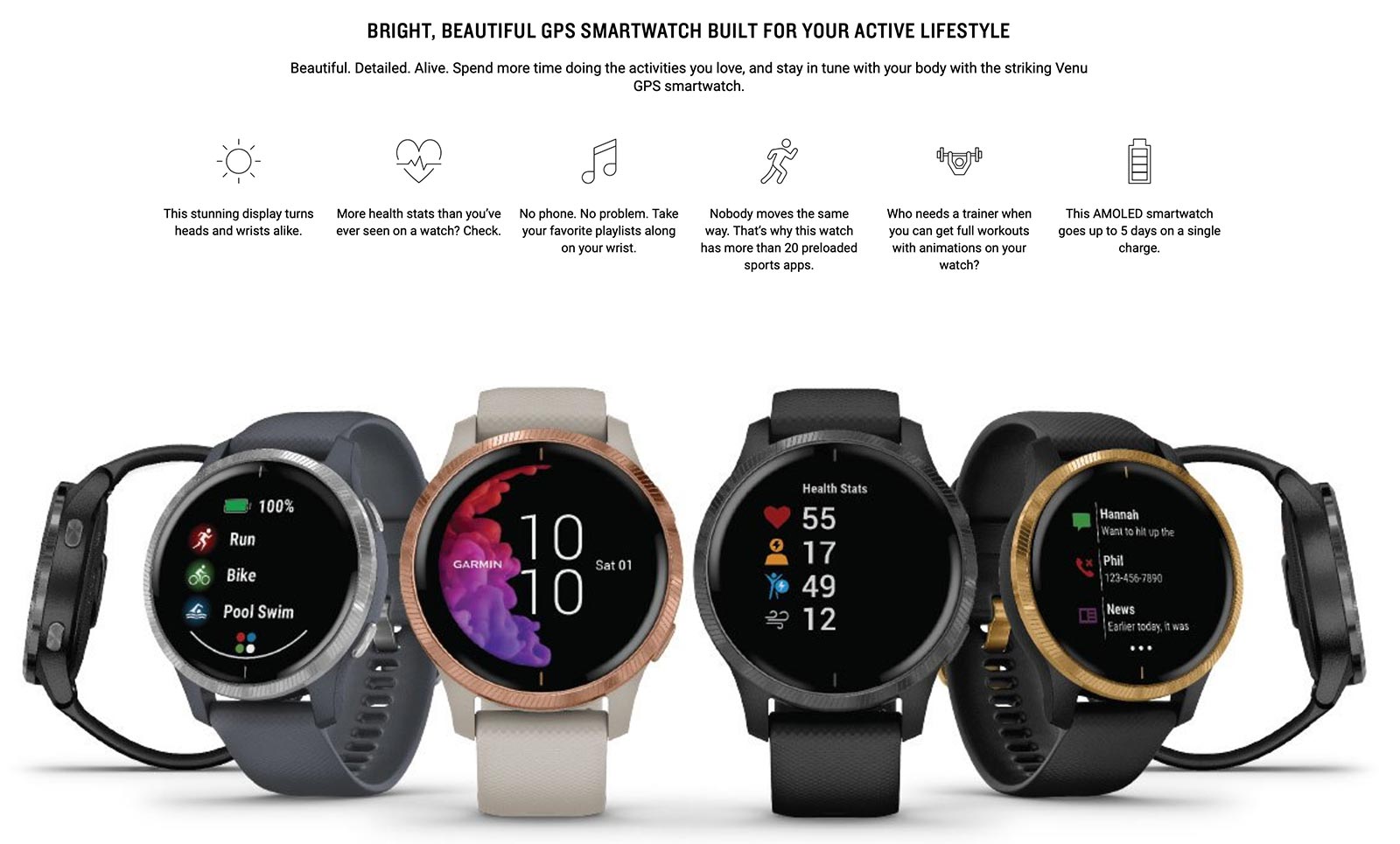
Using technical terms such as “ECG” and “Sp02” requires medical knowledge, ruling out the masses. Source: Fitbit.
Apple’s website is a prime example of how headlines can trump product names. Source: Apple.
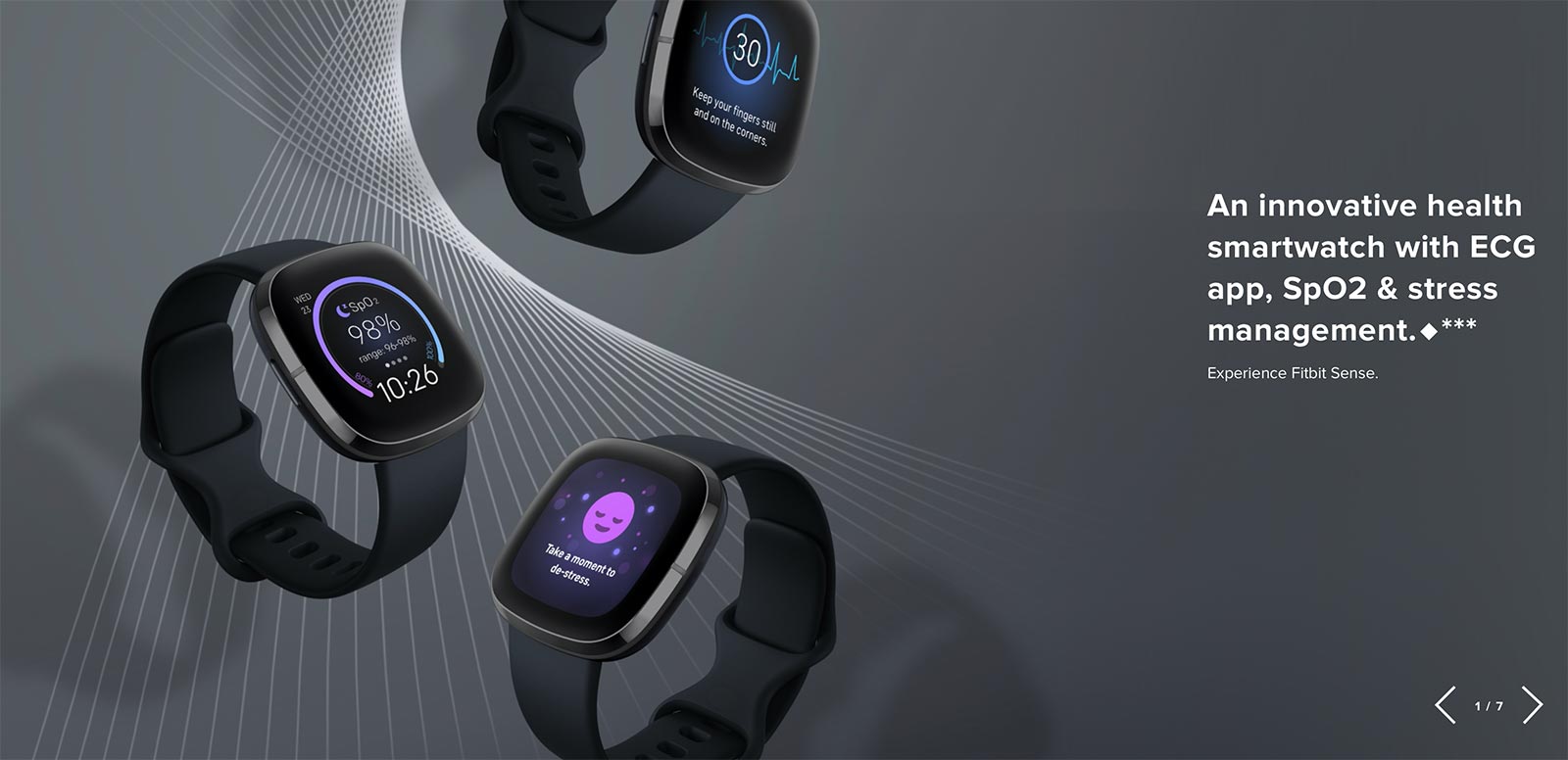
In short, don’t rely solely on product names to drive conversions. Use product-page headlines to call out popular features and trigger the senses. You’ll experience better engagement — and more conversions.
Tools that analyze headlines can identify poor word choices. Sharethrough is one of many free options.
When fashioning headlines for landing and product pages, consider the target audience. Use simple trigger words — even for specialists.
- Why do they need the product? What issues does it solve? Every product presumably solves a pain point. The headline should make that very clear.
- What features matter most? To a new homeowner, the design of a lamp determines placement in a room. To a crafter, a lamp’s functional features are more important. Your target audience determines which features rank higher than others.
- What is the product’s value? Price is important, but so is a product’s functionality and durability. Well-known, trusted brands can sell on name alone. For the rest of us, spotlight a product’s longevity to support higher prices.
Headlines That Convert
Critical components of conversion-worthy product-page headlines include:
- Simple words. Forget multi-syllable headlines. Keep it simple, and you’ll avoid talking down to prospective customers.
- Instant benefits. More first-visit conversions occur when people know exactly how a product will benefit them. The modern air fryer achieved success because of its quick and healthy cooking process. The most popular units showcase abilities to toast, bake and reheat leftovers.
- Sense triggering. Consumers are more enthusiastic about products that touch on one or more of the five senses: touch, sight, hearing, smell, and taste. A blueberry protein bar that merely “tastes good” is less appealing than one that triggers the sense of picking blueberries and enjoying the outdoors.
- Catchy action words. Addressing what a shopper can do with the product reinforces pain-point solutions. The description for a storage bin set, for example, could include “organize like a pro” or “make more space.”
- Specificity. Eliminate jargon. Get to the point. Headlines should speak directly to the audience without filler words.
Every product has a name. It could be short and simple or long and tedious. It can be definitive, witty, or subtle. And unless it’s your company’s product, you have no control over it. But there’s an alternative way to grab shoppers’ attention: headlines.
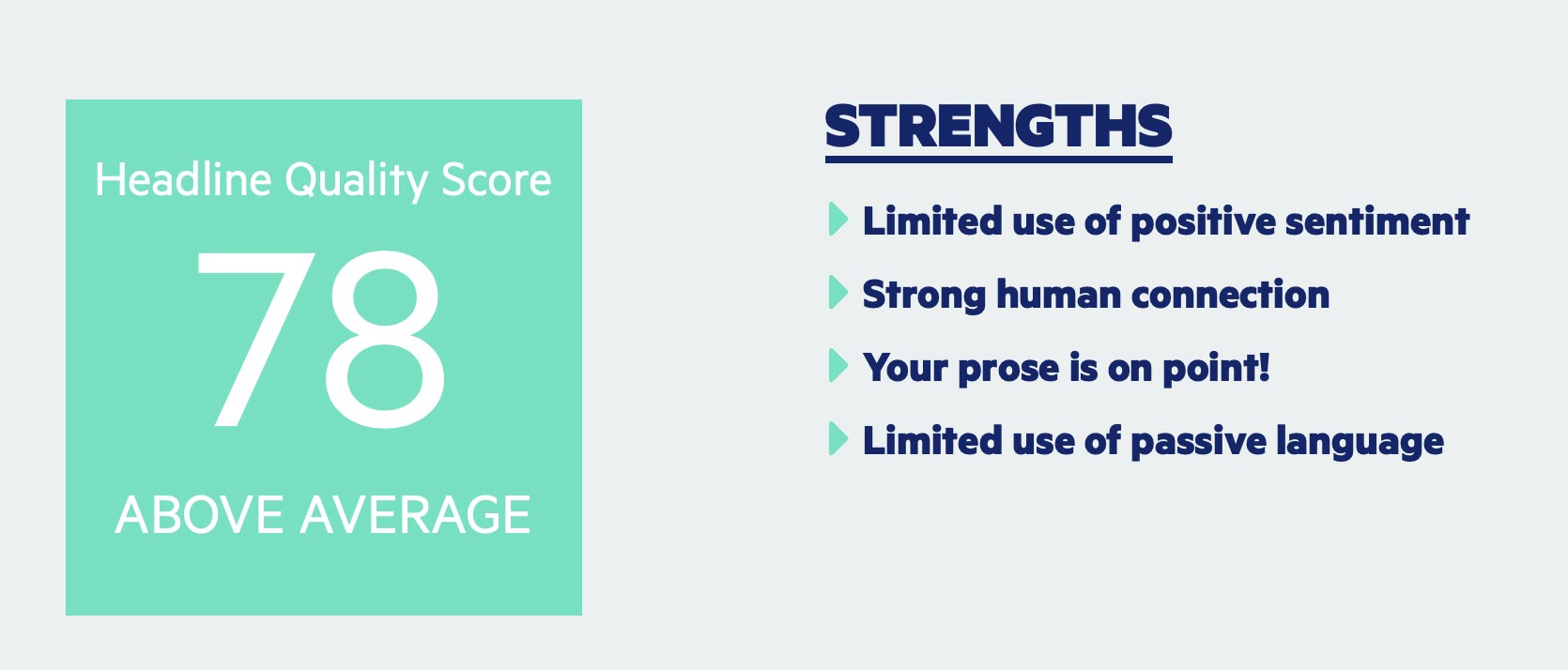
If you were to present one of your products on a billboard or in a blog post, what would be the title?
Apple’s website is a good example of how headline-style copy can convert visitors into buyers. The web page for the Apple Watch 6 focuses on health. The reinforcing subtext explains how the Apple Watch “can do what your other devices can’t because it’s on your wrist.” Together, the headline and supporting text appeal both to Apple enthusiasts and first-time customers, conveying that Apple Watch is the premier device.
Beyond Product Names
First, address the following questions of typical customers.


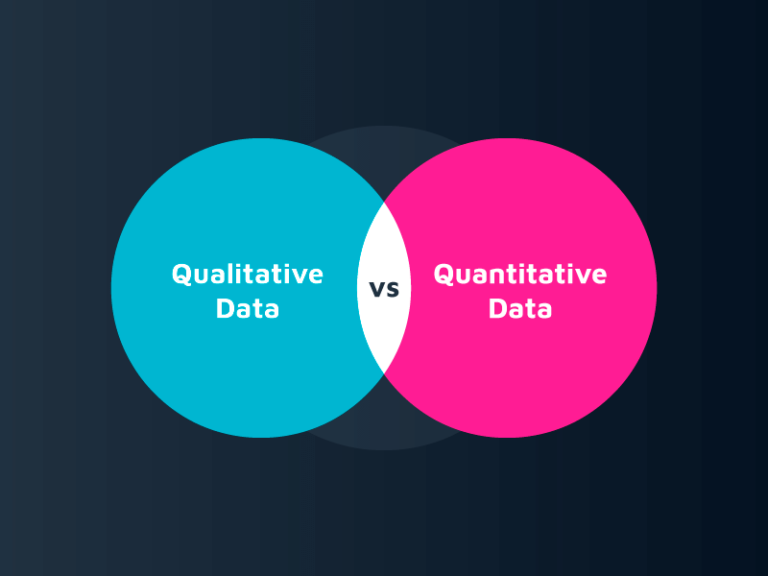
![3 Ways Advertisers Should Prepare for the Irish Data Protection Commission Update [From the Experts]](https://research-institute.org/wp-content/uploads/2021/04/what-to-know-before-you-sell-your-small-business-768x432.png)
